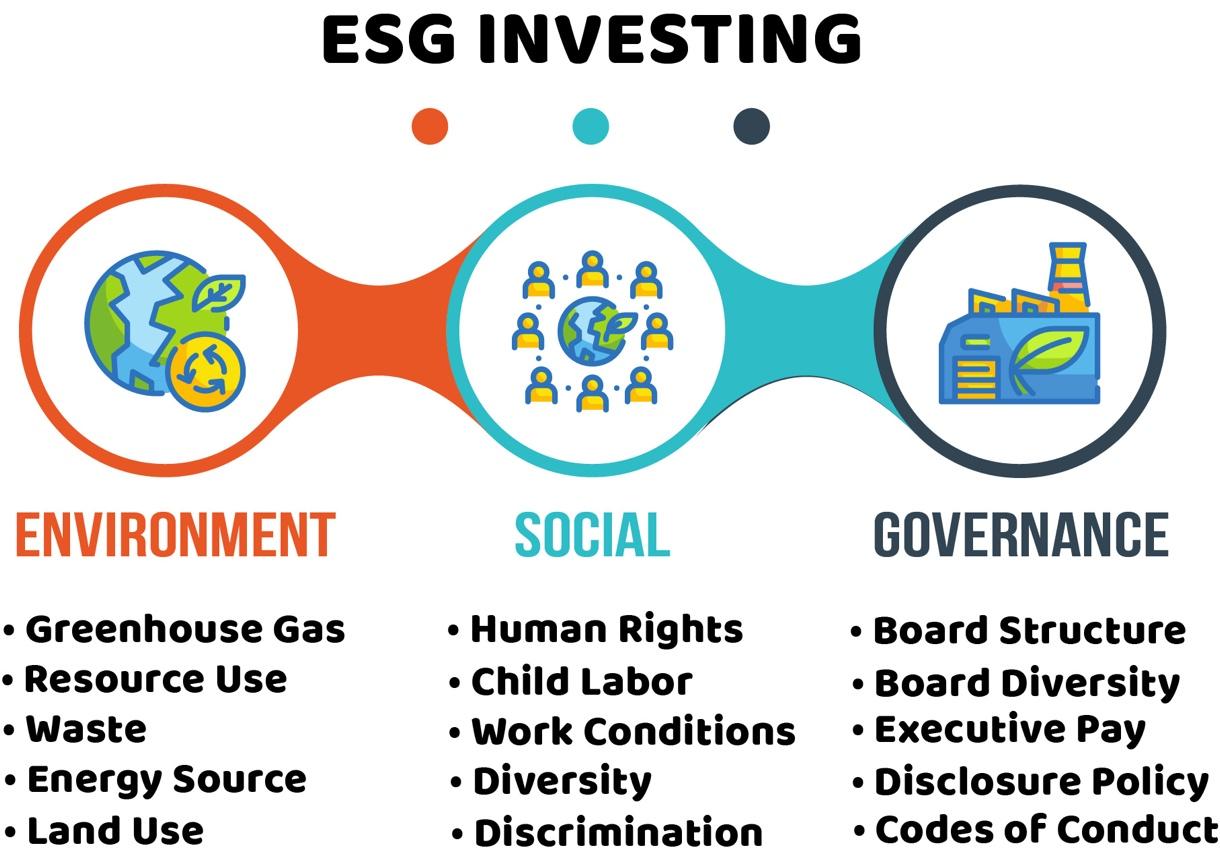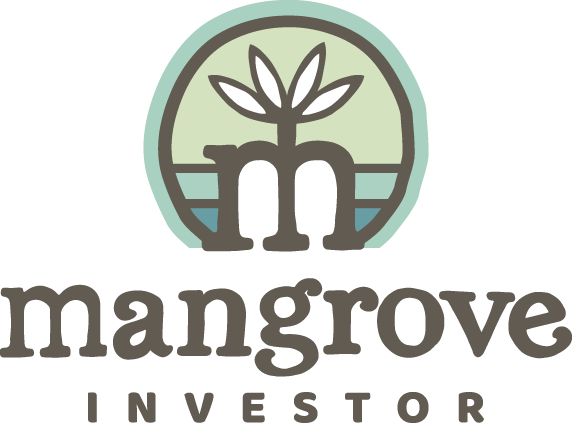
These days there are a lot of terms being thrown around with regards to investing with values or investing for the good. In particular, the use of the term ESG Investing. So, what is ESG investing and what is the intended meaning behind the acronym ESG.
The Simple Answer
ESG stands for Environmental, Social and Governance. Beyond this, things get a bit blurrier with regards to the meaning and use of this term. The financial investment industry has latched on to this term. We believe it is used too broadly and loosely to represent some level of compliance. A level of compliance that gives the consumer a sense of assurance that it’s all good!
That aside, let’s try to help you understand a bit further what ESG investing is intended to represent.
What it tries to do
ESG Investing is a strategy to help guide your money to work with companies that strive to make the world a better place. ESG investing relies on independent rating services that assess a company as it relates to environmental performance, social impact, and governance issues.
How Does ESG Investing Work?
The ESG strategy means investing in companies that score highly on environmental and social responsibility scales as determined by third-party, independent services.
A closer look at the E, S, & G
Here’s a closer look at the three criteria used to evaluate companies for ESG investing:
- Environment. What kind of impact does a company have on the environment? This can include a company’s carbon footprint and emissions, land use, manufacturing processes and sustainability efforts that make up its supply chain.
- Social. How does the company improve its social impact, both within the company and in the broader community? Social factors include everything from equality, racial diversity in both the executive suite and staff overall, and inclusion programs and hiring practices.
- Governance. How does the company’s board and management drive positive change? Governance includes everything from issues surrounding executive pay to diversity in leadership as well as how well that leadership responds to and interacts with shareholders.
The following graphic reflects some high-level categories that are potentially evaluated for a company’s ESG rating.

It is not that simple
We here at Mangrove Investor believe that ESG investing goes beyond the three-letter acronym for addressing how a company is measured. When looking at a company it needs to be evaluated for all its stakeholders: communities, customers, workers, shareholders and the environment.
Most importantly people’s values differ. So, when investing, you want to be able to make informed decisions based on what you hold important. You may not get that with an ESG rating and may very well need to take a deeper look when investing your hard-earned dollars.
For more information on ESG Investing check the Grove U article ESG – How is it calculated?
For the Good
Michael Nichols


